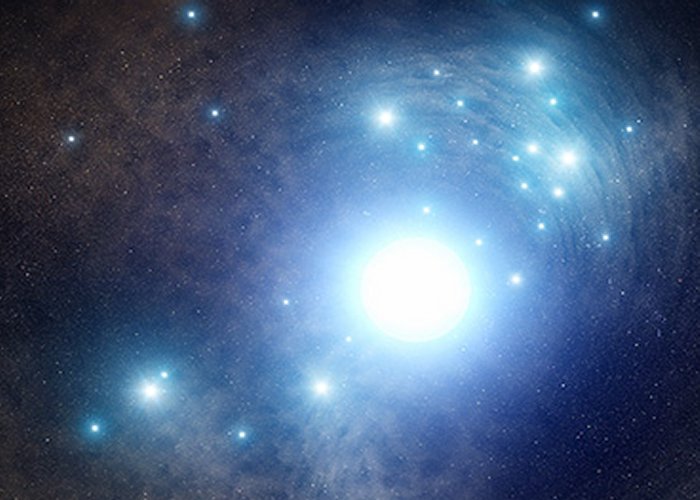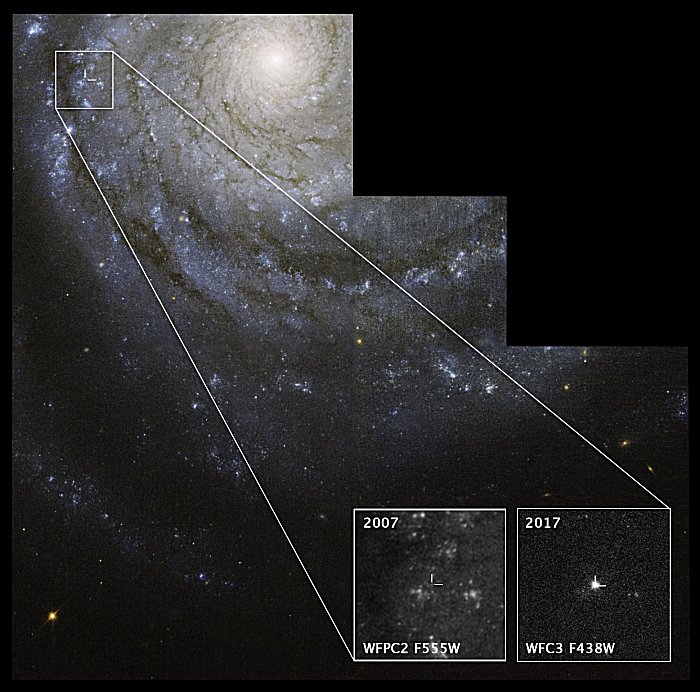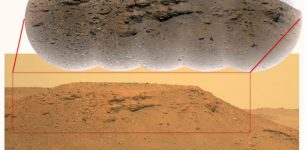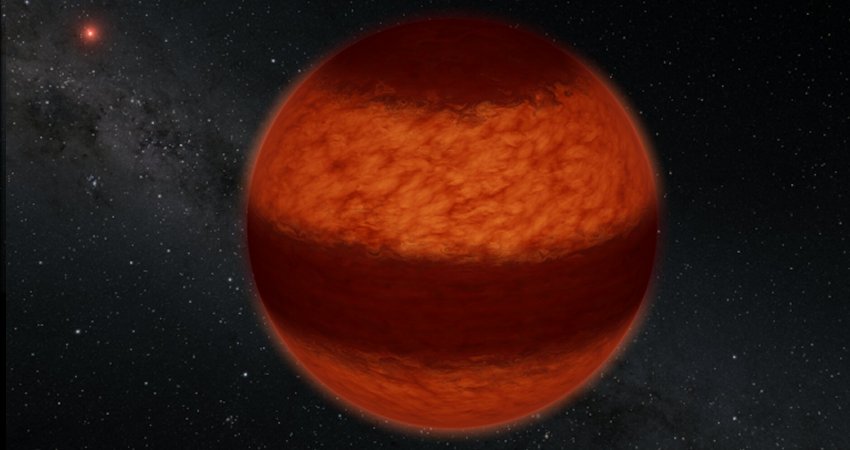Potential Progenitor To Unique Type Ic Supernova 2017ein – Uncovered
MessageToEagle.com – Astronomers may have finally uncovered the long-sought progenitor to a unique type of exploding star by sifting through NASA Hubble Space Telescope archival data.
The supernova, called a type Ic, is thought to detonate after its massive progenitor star has shed or been stripped of its outer layers of hydrogen and helium.

This potential discovery could yield insight into stellar evolution, including how the masses of stars are distributed when they are born in batches.
“We were fortunate that the supernova was nearby and very bright, about five to 10 times brighter than other type Ic supernovas, which may have made the progenitor easier to find,” said Charles Kilpatrick, a postdoctoral researcher at UC Santa Cruz and leader of one of the teams.
“Finding a bona fide progenitor of a supernova Ic is a big prize of progenitor searching,” said Schuyler Van Dyk of the California Institute of Technology in Pasadena, lead researcher of the other team. “We now have for the first time a clearly-detected candidate object.”
An analysis of the object’s colors shows that the candidate is extremely luminous and very hot and blue. The progenitor could be a single hefty star between 45 and 55 solar masses or a massive binary star system in which one of the stars weighs between 60 and 80 solar masses and the other roughly 48 solar masses. In this scenario, the stars are orbiting closely and interact with each other. The more massive star is stripped of its hydrogen and helium layers, eventually exploding as a supernova.

These stars – expected to be big and bright – could be among the most massive known, at least 30 times heftier than our Sun. However, it was a mystery why astronomers had not been able to nab one of these stars in pre-explosion images.
A nearby star ended its life as a type Ic supernova. Two teams of astronomers poured through the archive of Hubble images to uncover the putative progenitor in pre-explosion photos taken in 2006. The supernova, catalogued as SN 2017 ein, appeared near the center of the nearby galaxy spiral NGC 3938, located roughly 65 million light-years away.
“Astronomers have observed many type Ic supernovas, but they are all too far away for Hubble to resolve,” Kilpatrick said.
“You need one of these massive, bright stars in a nearby galaxy to go off. It looks like most type Ic supernova progenitors are less massive and therefore less bright, and that’s the reason we haven’t been able to find them.”
The possibility of a massive double-star system is a surprise. “This is not what we would expect from current models, which call for lower-mass interacting binary progenitor systems,” Van Dyk said.
But the nature of the progenitors of type Ic supernovas has been a puzzle.
Type Ic supernovas are just one class of exploding star. They account for 21 percent of massive stars that explode from the collapse of their cores.
Read the original story – here
MessageToEagle.com










